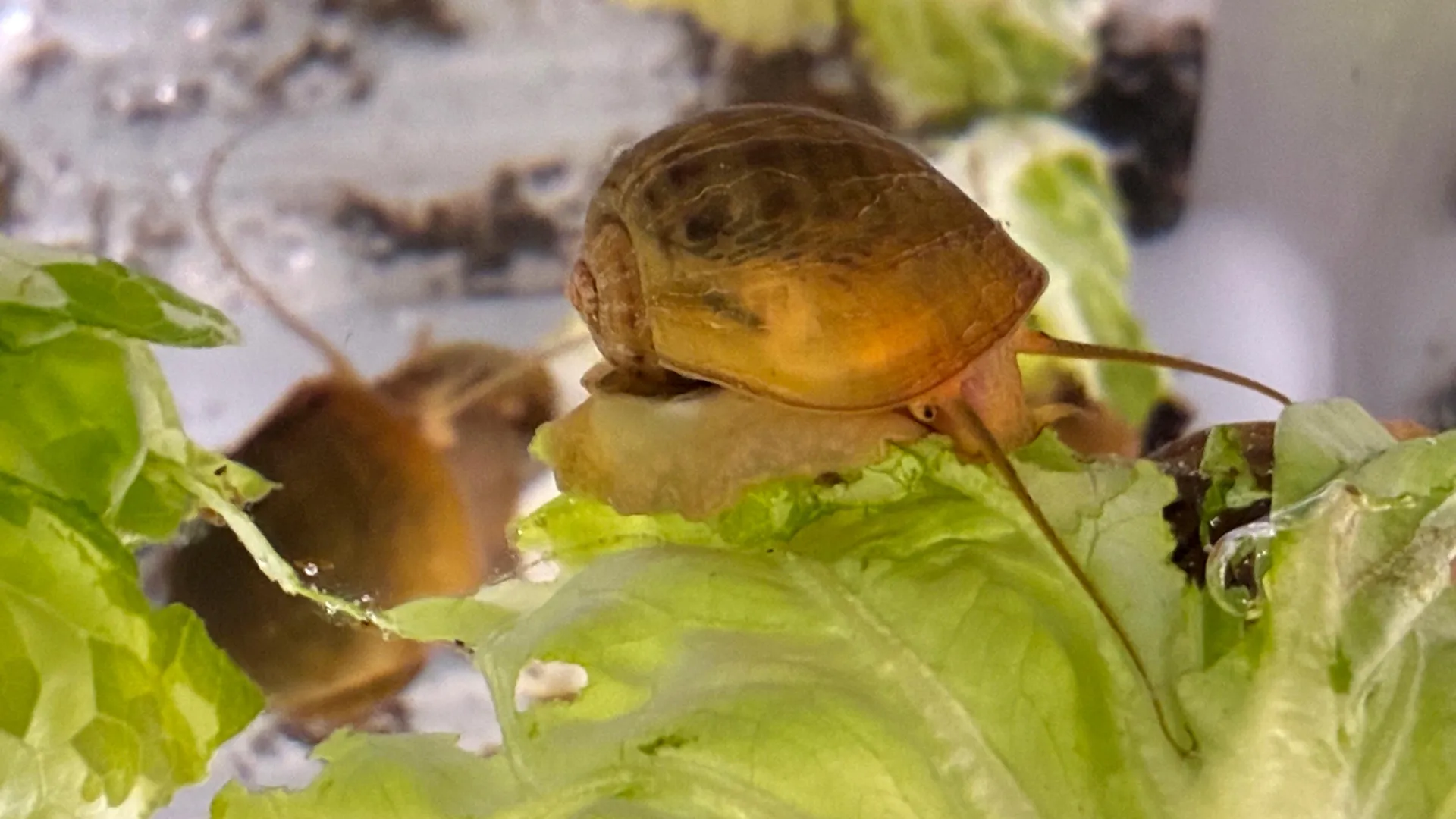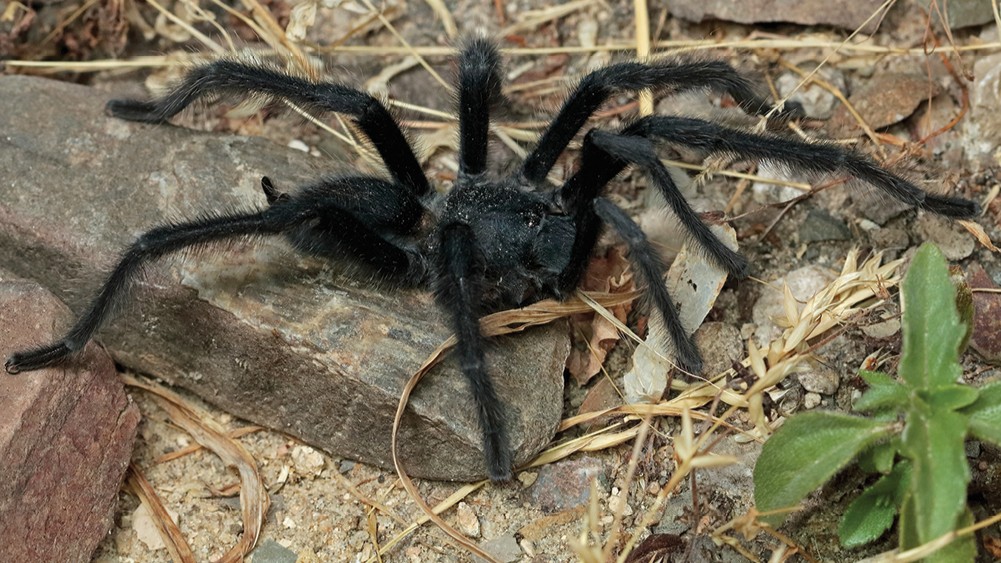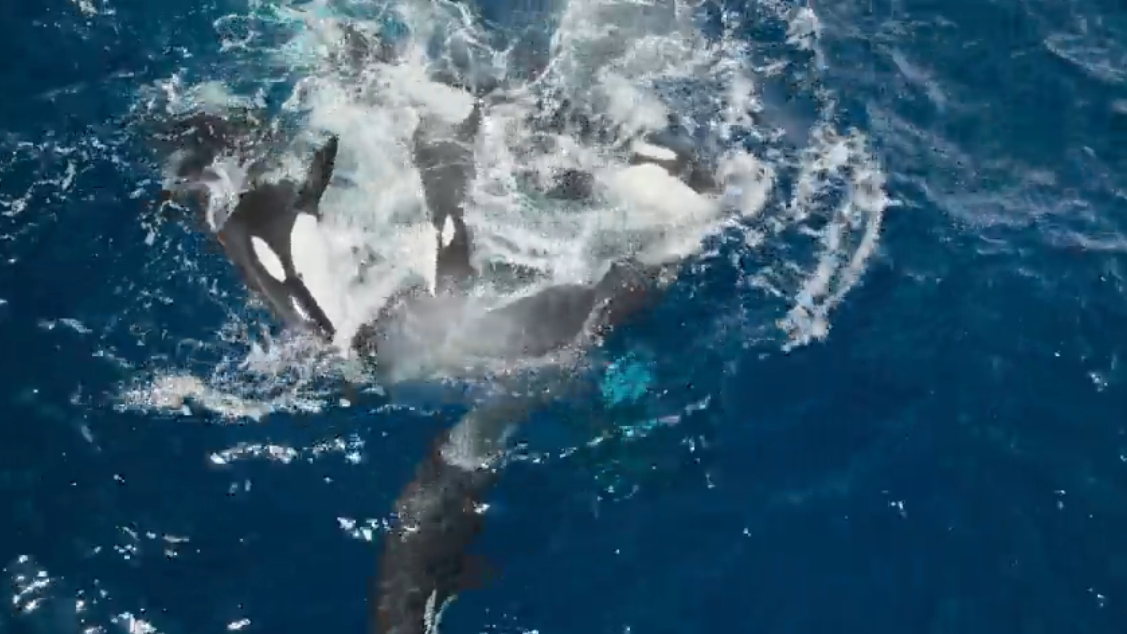Cockatoos Can Dance! This Study Reveals Their Unique Moves and What It Means for Bird Behavior
Imagine a world where your feathered friends groove to the beat just like you do—sounds incredible, right? Well, brace yourself for a whirlwind of surprising discoveries as a new study reveals that cockatoos can bust a move to the music, showcasing unique dance styles that might just make you rethink everything you know about animal behavior!
In a groundbreaking study conducted by researchers at Charles Sturt University, it has been shown that dance isn’t just a human pastime. This pioneering research indicates that cockatoos have their very own style of dance, which could lead to new ways of improving their wellbeing while in captivity.
Through the examination of 45 social media videos showcasing these charismatic birds in action, researchers identified an astonishing 30 distinct dance moves, with 17 of them being completely new to science. Each cockatoo seemed to express its individuality, flaunting signature moves that set them apart from one another, while also favoring different styles within various species.
To better understand this intriguing behavior, the research team didn’t just stop at analyzing online videos. They headed to Wagga Wagga Zoo in New South Wales to observe six cockatoos up close—two Major Mitchells, two sulphur-crested cockatoos, and two galahs. The birds were subjected to different sound environments: silence, a podcast, or music.
Lead researcher Natasha Lubke curated the music playlist, including Avicii's uplifting track, “The Nights,” and humorously added a podcast called “She’s on the Money,” joking that they were educating the birds about finances. One particularly spirited Major Mitchell cockatoo stole the show, executing a mind-blowing 257 dance moves in just 20 minutes!
Across both the online analysis and the in-person observations, dancing behavior was noted in 10 out of the 21 known cockatoo species in the Cacatuidae family. Interestingly, many of the dance moves resembled courtship displays, suggesting that this captivating behavior might have evolved from mating rituals, only to be playfully redirected towards their human caretakers.
While spontaneous dancing had previously been attributed exclusively to humans, the viral sensation Snowball, a sulphur-crested cockatoo who gained fame for dancing to the Backstreet Boys, challenged those norms. The work of Professor Aniruddh Patel and his team at Tufts University in 2019 showcased how Snowball developed an impressive repertoire of 16 unique dance moves without any formal training. The new study, however, goes a step further, revealing that the dance moves of these remarkable birds are not bound by species; instead, they showcase a liberating creativity that transcends genetic limitations.
As with every scientific breakthrough, questions arise. Why do parrots exhibit this behavior while our closest relatives—chimpanzees and bonobos—do not? It's perplexing, especially considering that the brains of these primates are structurally closer to ours than those of parrots. The research hints at the need for deeper neuroscientific insights to uncover why some birds dance without any special training while our primate cousins do not.
Lubke proposes a fascinating theory that suggests cockatoos may dance as a form of play behavior, indicating they are in a positive state of welfare. This discovery has profound implications for how we care for and enrich the lives of captive birds, particularly intelligent species that suffer from lack of stimulation in controlled environments.
As National Science Week unfolds, this study not only sheds light on the cognitive and emotional complexities of cockatoos but also invites us to appreciate the underrated beauty and capabilities of Australian wildlife. As researchers delve deeper into the mysteries of avian dance, they hope to unlock new ways of enhancing the lives of these extraordinary creatures through music and movement.


























